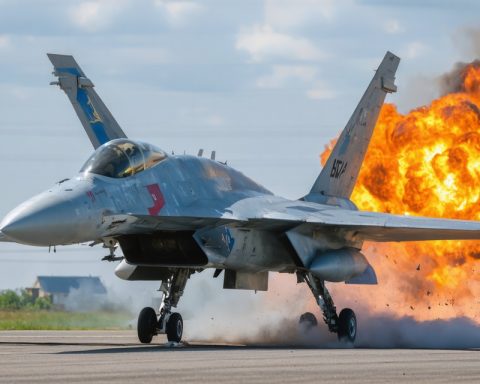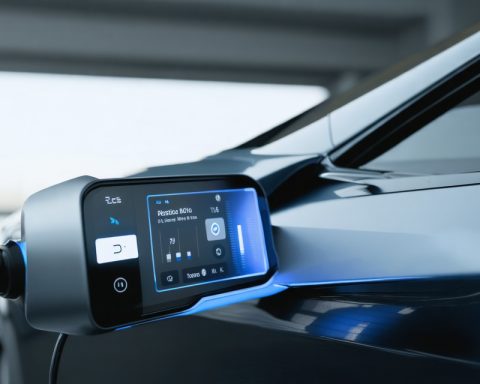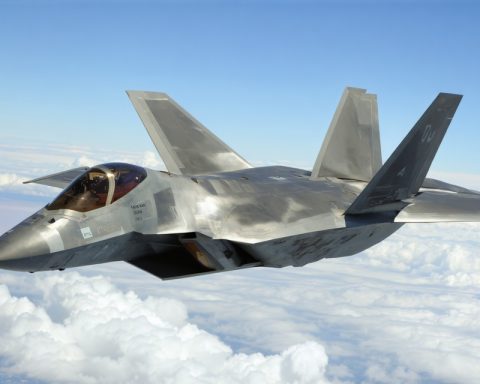Elon Musk Stirs Debate on Aircraft’s Future
Last month, tech mogul Elon Musk, who now co-heads the Department of Government Efficiency (DOGE), made waves with his controversial remarks about the Lockheed Martin F-35 Lightning II. In a social media post on X, the platform previously known as Twitter, Musk criticized the continued development of manned fighter jets like the F-35, proposing instead a shift towards advanced drone technology.
Lockheed Martin’s Chief Financial Officer, Jay Malave, acknowledged the potential challenges posed by the incoming administration at a recent industry conference. Malave predicted shifts in government priorities, asserting that Lockheed Martin is prepared to adapt quickly to any changes.
The aerospace leader has already tentatively secured a deal for additional F-35 units, though finalization awaits the new administration’s transition.
Support for Drones Grows
Musk isn’t alone in his advocacy for drones. Former Google CEO Eric Schmidt has also championed drones, suggesting they could replace traditional military hardware. Donald Trump Jr.’s involvement with drone manufacturer Unusual Machines further highlights rising interest in these technologies. Trump Jr. stressed the importance of moving away from Chinese drone products in favor of domestic alternatives.
Balancing the Old with the New
Military experts, however, argue for a balanced approach, integrating both manned and unmanned aircraft. Uncertainty surrounds the future defense strategy as technical and budgetary factors continue to evolve. The Heritage Foundation’s “Project 2025” has advised boosting defense spending and acquiring more traditional aircraft, conflicting with Musk’s drone-first vision.
In a complex political landscape, Musk’s proposals may face substantial resistance from lawmakers and industry lobbyists who influence defense policies.
Unveiling the Future of Air Combat: Drones vs. Manned Aircraft
The Great Debate: Are Drones Set to Dominate the Skies?
The discussion around the future of air combat has reached a new peak, as prominent voices like Elon Musk and former Google CEO Eric Schmidt advocate for the adoption of advanced drone technologies. With Musk recently assuming a leadership role in the Department of Government Efficiency, his controversial call for a shift away from traditional fighter jets like the Lockheed Martin F-35 Lightning II has stirred the industry. This article delves into the implications of such a technological pivot and how it impacts the future landscape of defense.
Drones, or unmanned aerial vehicles (UAVs), offer a range of benefits that make them an attractive alternative to traditional manned aircraft. They are generally less expensive to produce and maintain, can operate in environments that are dangerous for human pilots, and can perform extended missions without the need for crew rest. Moreover, innovations in AI and autonomous systems are enhancing their capabilities, making them more reliable and efficient. This has led to increasing support for drones within the defense sector and beyond.
Challenges and Considerations
Despite the promise of drones, several challenges need to be addressed for a successful transition:
– Security Concerns: Ensuring that drones are secure from cyber attacks is paramount, as they rely heavily on communication links and software-driven operations.
– Compatibility and Integration: Current military systems are predominantly designed to work with manned aircraft. Drones require new infrastructure and strategies to be integrated effectively.
– Regulatory and Ethical Issues: The implications of autonomous military systems raise ethical questions and necessitate the development of appropriate regulations.
The Balanced Approach
Military experts advocate for a balanced approach that integrates both manned and unmanned systems. While drones can perform many tasks more efficiently, manned aircraft provide the flexibility and decision-making ability that autonomous systems might lack in complex, unforeseen scenarios. This hybrid strategy could enhance operational capabilities while maintaining strategic advantages.
Market Analysis and Trends
The global UAV market is poised for growth as countries invest more in drone technology. The push towards domestic production, as stressed by figures such as Donald Trump Jr., further enhances this trend by reducing dependency on foreign technology, particularly from China.
Predictions and Future Insights
As the debate evolves, it’s likely that governments will develop policies that favor a mixed fleet, investing heavily in both cutting-edge drone technologies and maintaining a robust force of traditional manned aircraft. This dual approach may provide the flexibility needed to address a dynamic global threat landscape.
For more insights on technological advancements in defense, visit Lockheed Martin.







